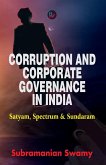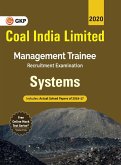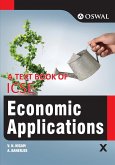The author argues that as India and China face the new challenges of the 21st century, their economies stand at crossroads of policy making. Either the two nations take the high road of further economic reforms energizing the national innovation and governance systems, or see their economic growth momentum fizzle out. The author argues that at present the Chinese economy enjoys substantial economic and policy advantages over India, in the manufacturing sector in particular. It is this sector that has the potential to wipe out unemployment, a vital social goal. The author concludes that the wide gap between India and China in per capita incomes (which gap was about zero in 1980) was only in part due to a lower population growth in China, but much more due to a greater investment effort in China. India cannot close this per capita income gap by 2020, without a faster GDP growth rate (e.g., 10 per cent per year) for which an even greater effort to raise the level of investment will have to be made. China, the author asserts, can raise or even sustain its growth rate only through new set of reforms that raise productivity and greater efficiency in use of resources.








